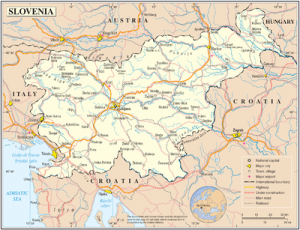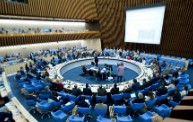The Beginnings of Carantania
The early Middle Age?s Slovenian Duchy Carantania located in Eastern Alps that is the present-day Austria came to existence after the Roman Empire declined in 476 in the territory of Inner Noricum, a Roman province.
The Early Mentions of Carantania
Paulus Diaconus mentioned it for the very first time in 595 as a Slovenian province and by Fredegar in 631 as Venetian march. Annonymous Ravennas referred to territory?s population as Carantanos around 670 and from then on, Carantania?s denomination also existed in medieval sources.…

 Business tourism is a major part of tourism in the world.
Business tourism is a major part of tourism in the world.